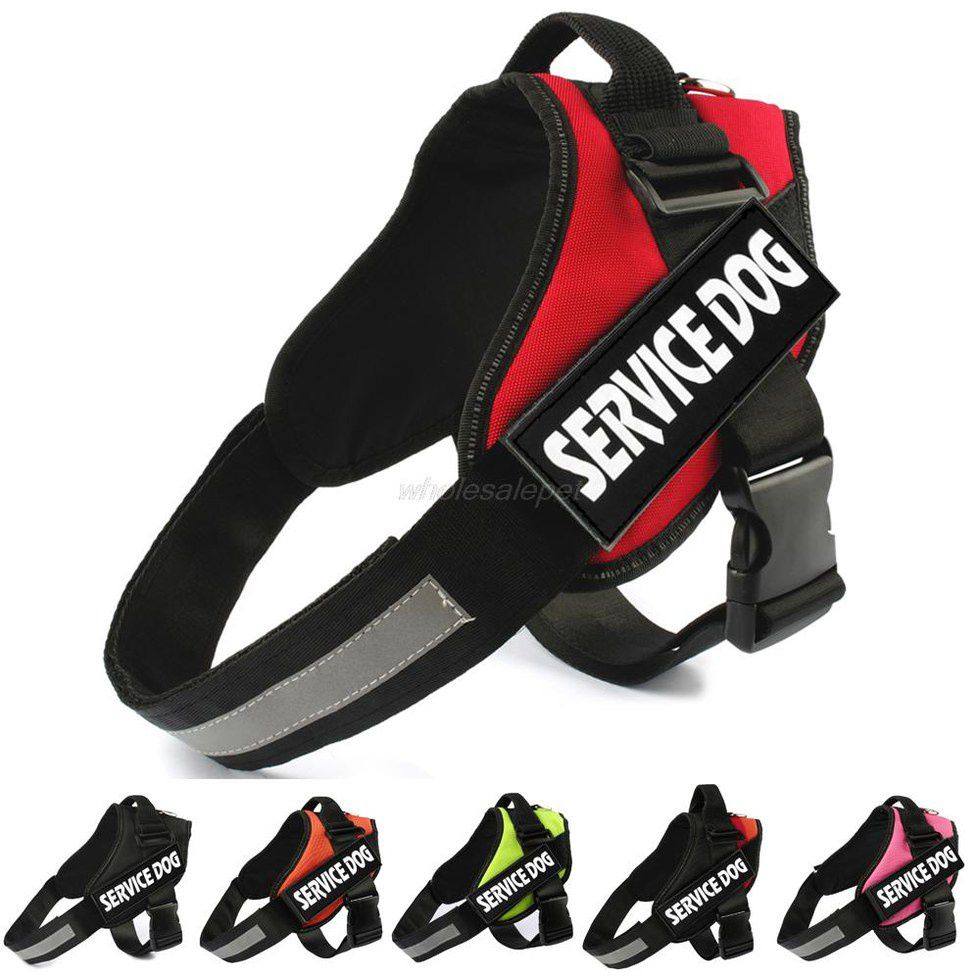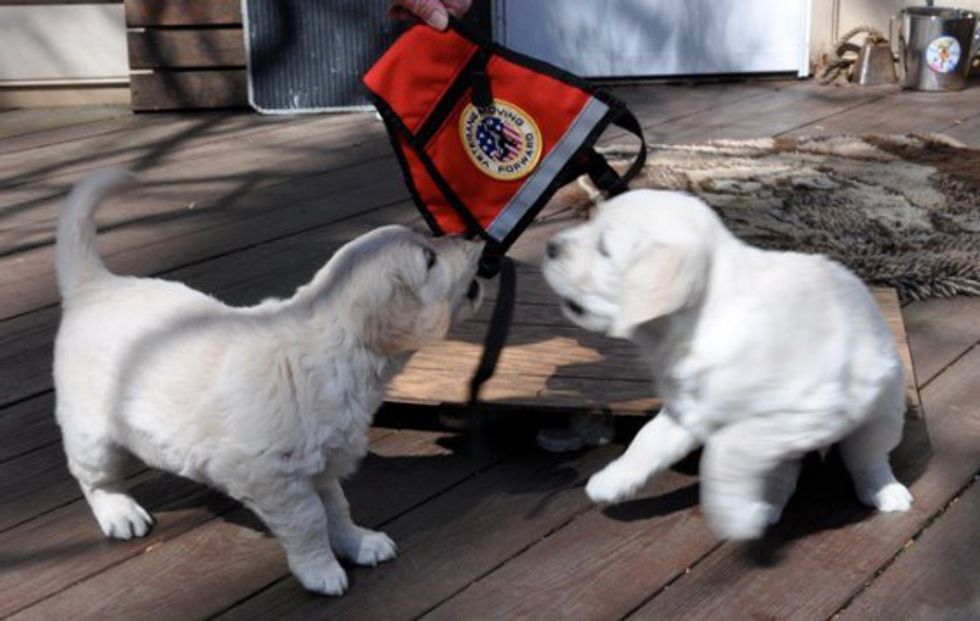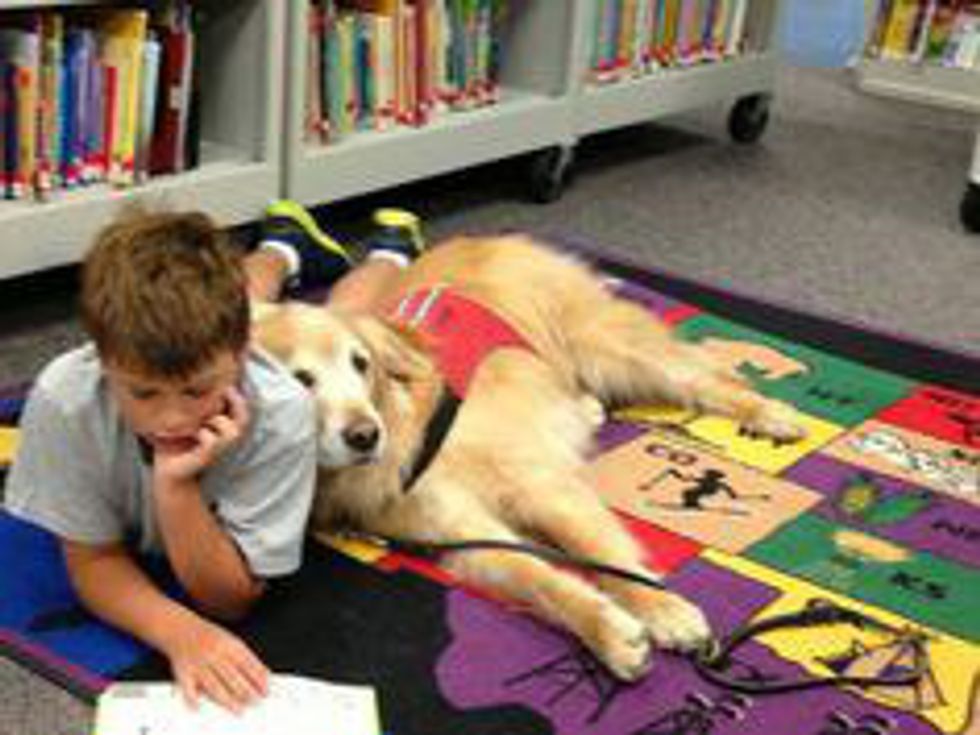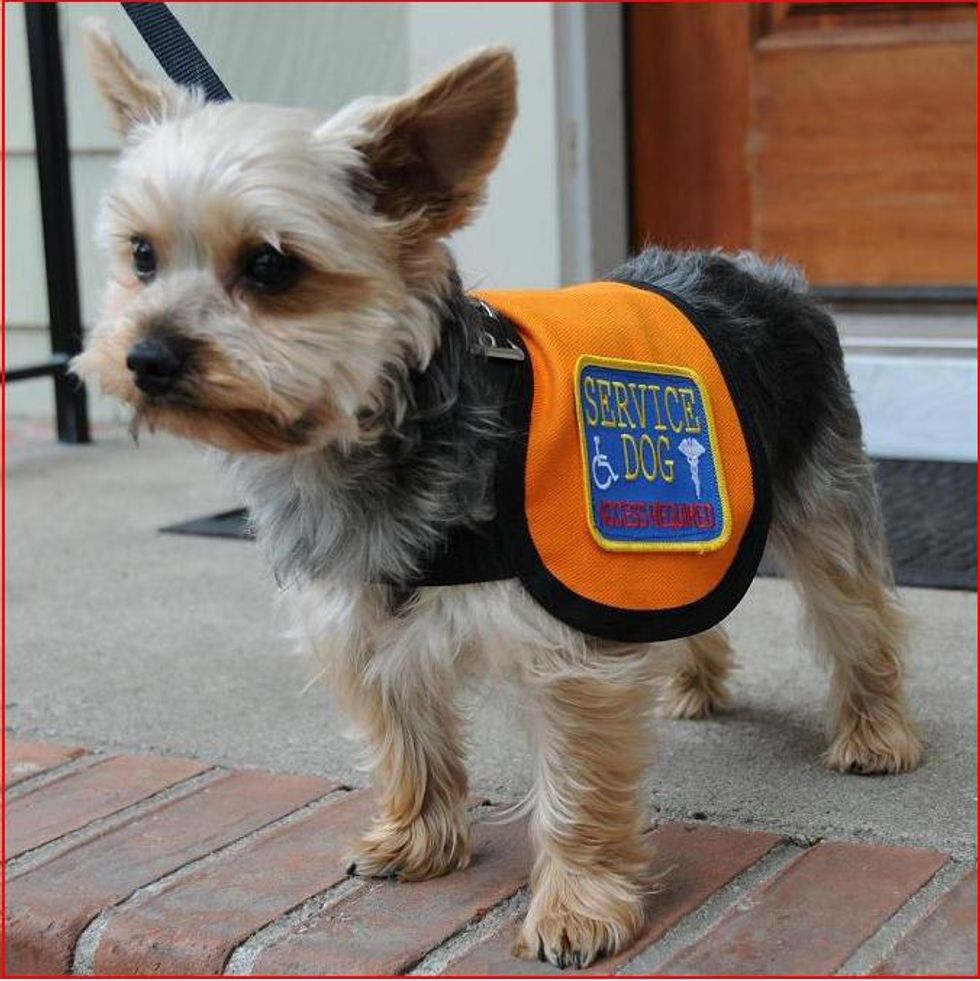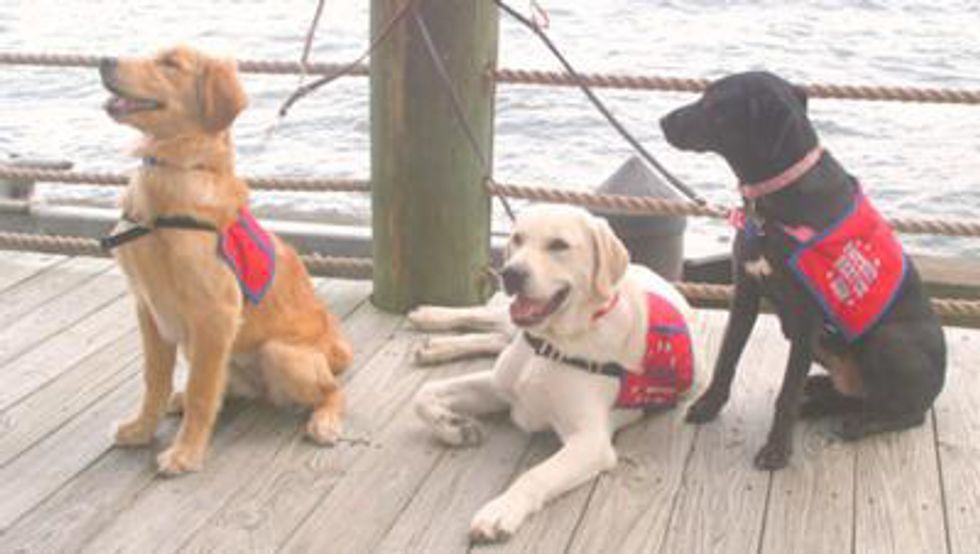Man’s best friend is always finding new ways to help us out! Every day service dogs are performing tasks for their human counterparts, from the traditional such as “seeing-eye” guide dogs, to the brand new, such as seizure detection or being a support system for someone with MS (check out Tyffanie and Zeus). Recently, I've seen many people distract service dogs (or cats) from doing their job, solely because they were uneducated. So, here are some service dog facts that you may not know about these hard working canines:
1. “The Vest” is a uniform.
Handlers will put the vest on their service dogs for two reasons: First, to give humans a heads up that this dog is on the job (and yes, that means DO NOT touch without asking). Second, to let the service dog himself/herself know that it’s time for business! Many service dogs are trained from puppyhood to know that the vest means it’s time for work and time to focus. If they weren't trained this way, their companion could get seriously hurt based on their impairment issues. Also, keep in mind that there are different types of vests a service dog could wear; some may say "Service", "Emotional Support", or "In Training" on them, and don't necessarily have to be the stereotypical red color.
2. Yes, they do get time off!
Just like the rest of us, service dogs need to blow off some steam at the end of a long day. When they get the OK from their handlers, service dogs love to let loose and play ball, go swimming, or roll in something smelly. Service dogs still get to be their doggy selves, just off the clock.
3. They might not seem like they’re working, but they are.
People will often ask handlers who “seem fine” why they have a service animal or assume that the dog isn’t working. Some service dogs are trained to guide their owners to a safe place in case of emergency or remind them to take important medication. Never try to distract or touch a service dog unless you’ve spoken to the handler first! It's important to teach children this serious information as early as possible.
4. Their jobs are private information, just like medical history.
When there is a service dog on the premises, peers can only ask two questions: First, “Is the dog a service animal required because of a disability?” and second, “What work or task has the dog been trained to perform?” All other information is protected by medical privacy and the handler is not obligated to provide proof of their disability or proof of the dog’s training. Also, service dogs can be all sizes! It doesn't take a big dog to do the job. Please, do not hound someone with a service dog. If it bothers you or you have allergies, simply remove yourself from the situation. The dog is there for their companions safety.
5. They love their jobs!
Many handlers find themselves accused of working a service dog too hard, all day every day. The truth is that these pooches love to work! Having a job and designated tasks to perform provides a service dog with physical, mental, and emotional enrichment that they might not receive as just pets. They love their handlers, and they love to work. Check out Erin and Sky, who have made this awesome video about their relationship! This type of stimulation brings a happier and healthier life for both human and canine.
Want to know more about service dogs out and about? Check out the Americans with Disabilities Act section about service animals. If you think you or someone you know could benefit from a service dog, check out this article that walks you through what the process of what it’s like to apply for and attain a service dog. If you’ve already decided that a canine caregiver would be a good match for you, check out this directory that can help you find a trainer in your area!
**SPREAD THE LOVE AND EDUCATION FOR WORKING CANINE COMPANIONS EVERYWHERE**




